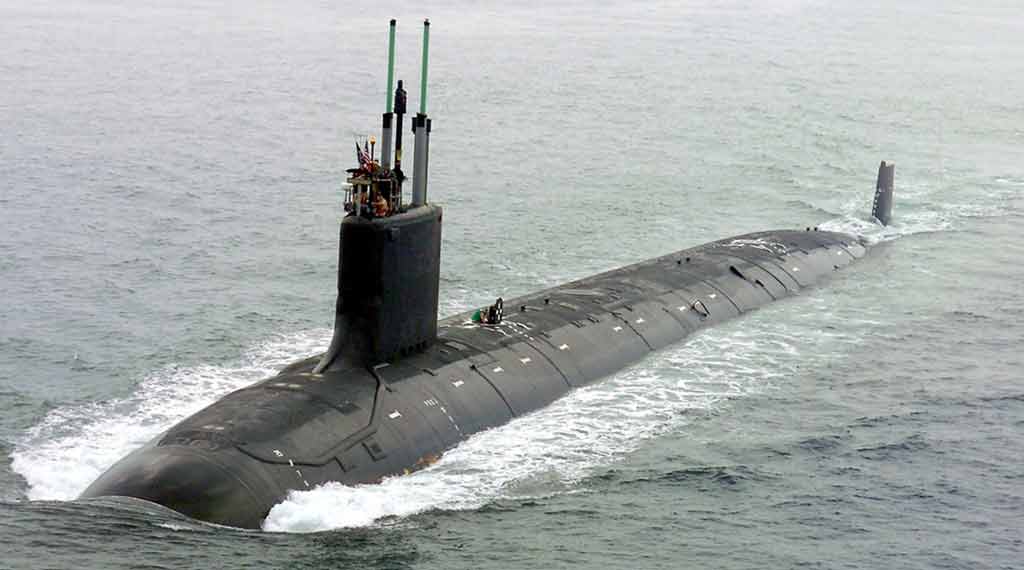The U.S. Navy’s Virginia-class submarines are facing significant production delays, with reports indicating that construction is running about three years behind schedule due to workforce shortages at key shipyards.
-The Virginia-class subs, intended to replace aging Los Angeles-class submarines, are essential for various missions, including anti-submarine warfare and reconnaissance. The latest Block V variants, with enhanced capabilities and increased payloads, are particularly delayed.
-These delays are exacerbated by the simultaneous construction demands of the new Columbia-class vessels. The Navy’s efforts to address these delays are crucial, especially as tensions with China heighten the urgency for these advanced submarines.
Urgent Needs, Delayed Timelines: Virginia-Class Subs Behind Schedule
While it was already obvious that the U.S. Navy’s newest submarines were failing to meet their original production timelines, recent reports suggest that Virginia-class ships could face years-long delays.
According to reports in January, a workforce shortage at Fincantieri’s Marinette Marine shipyard is slowing production of a first-of-class guided-missile frigate. When concerned Navy officials carried out an extensive review of the service’s shipbuilding portfolio, they discovered that many of the Navy’s premiere shipbuilding programs were running at least a full year behind schedule.
- U.S. Carrier Strike Groups Have Struck 800 Targets in Yemen - April 30, 2025
- The U.S. Is Boosting Its Middle East Military Posture - April 22, 2025
- Why America Needs Its Own Iron Dome Air Defense - April 10, 2025

